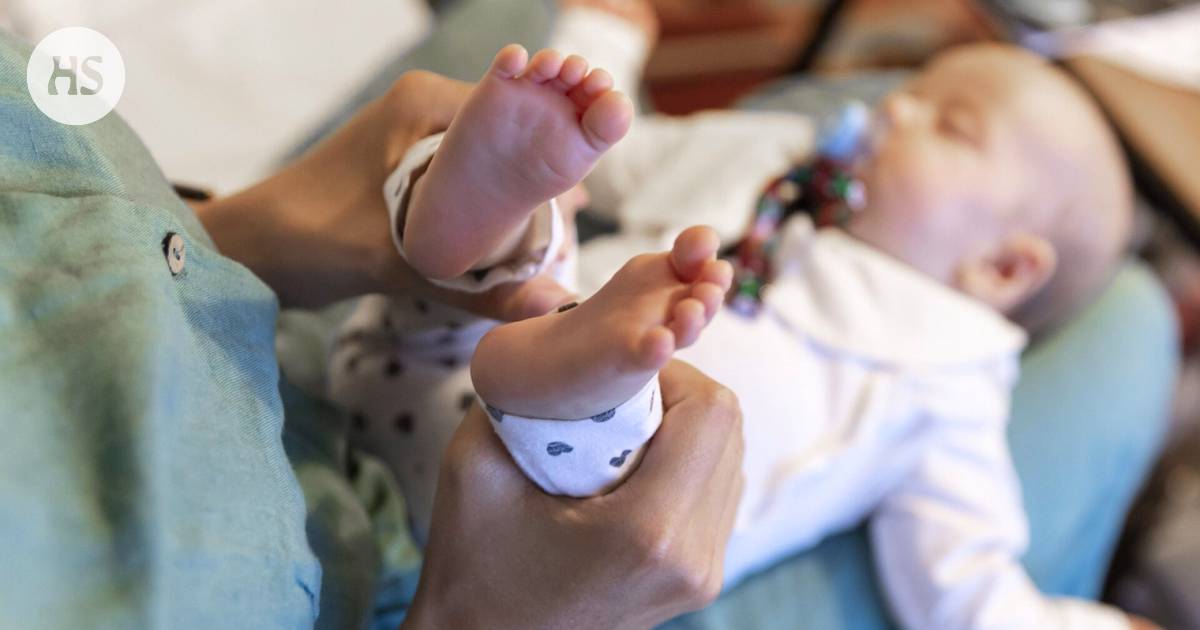Birth rate|The birth rate in industrialized countries is at an all-time low. It is already threatening the sustainability of public finances, warns the OECD organization.
Birth rate have decreased to new lows in rich industrialized countries and threaten economic growth, according to a recent report from the Organization of Industrialized Countries OECD statistical report.
The average number of children per woman has more than halved from 3.3 children in 1960 to 1.5 in 2022.
The OECD study urges its member countries to prepare for a future of lower birth rates, where the population will not remain the same without immigration.
The birth rate needed for this should be 2.2 per woman. In all OECD countries, with the exception of Israel, the birth rate has already fallen below this figure, Financial Times tells.
“The birth the reduction changes the structures of societies, communities and families and has potentially large effects on economic growth and prosperity”, states the OECD.
Together with an aging population, the development is apt to endanger the financing of the public finances, when fewer and fewer working people have to pay the costs of an increasingly larger older population.
At the same time, the decrease in school children will lead to the closing of numerous schools in various parts of Europe, Japan and South Korea.
OECD senior economist Willem Adema estimates that states can improve birth rates by supporting gender equality and a more equal division of labor.
According to the study, the increase in women’s employment increased birth rates, but the high cost of housing was apt to raise the threshold for having children.
Supreme birth in Europe was in France.
With various tax breaks and support for families with children, Hungary has succeeded in raising the birth rate above the OECD average. This is how Hungary has spent more than three percent of the annual national product on family benefits, according to the latest national statistics.
The lowest birth rates are in some southern European countries and Japan, not to mention South Korea, which is in its own class, where the birth rate is only around 0.7.
Even in the former model countries of family policy, such as Finland, France and Norway, the birth rate has turned to a sharp decline.
The OECD calls the trend in which great individual freedom and alternative life goals and lifestyle arrangements shape the population structure the “second demographic transition”.
Also childlessness is rapidly increasing.
It has more than doubled in Italy, Spain and Japan when women born in 1975 are compared to those born in 1955.
In OECD countries, the average age of first-time mothers was typically around 30 years.
In Finland, the average age is 29.6 years, according to the most recent data from the Statistics Finland. The average age of a first-time mother is over 30 in Italy, Spain and South Korea.
